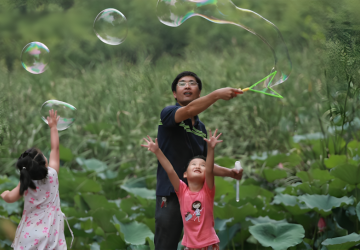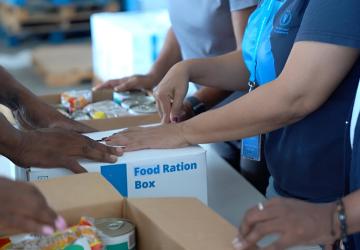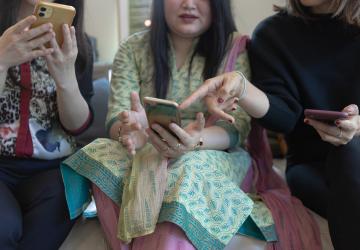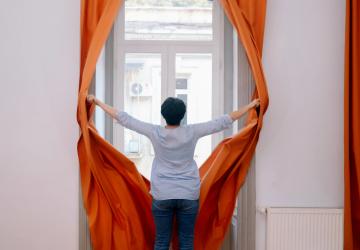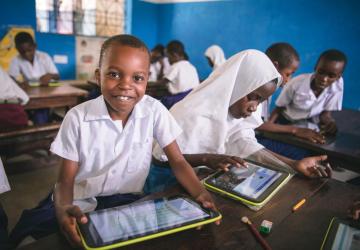‘Fagnavotse’: Laying the foundations for an Integrated Social Protection System in Madagascar
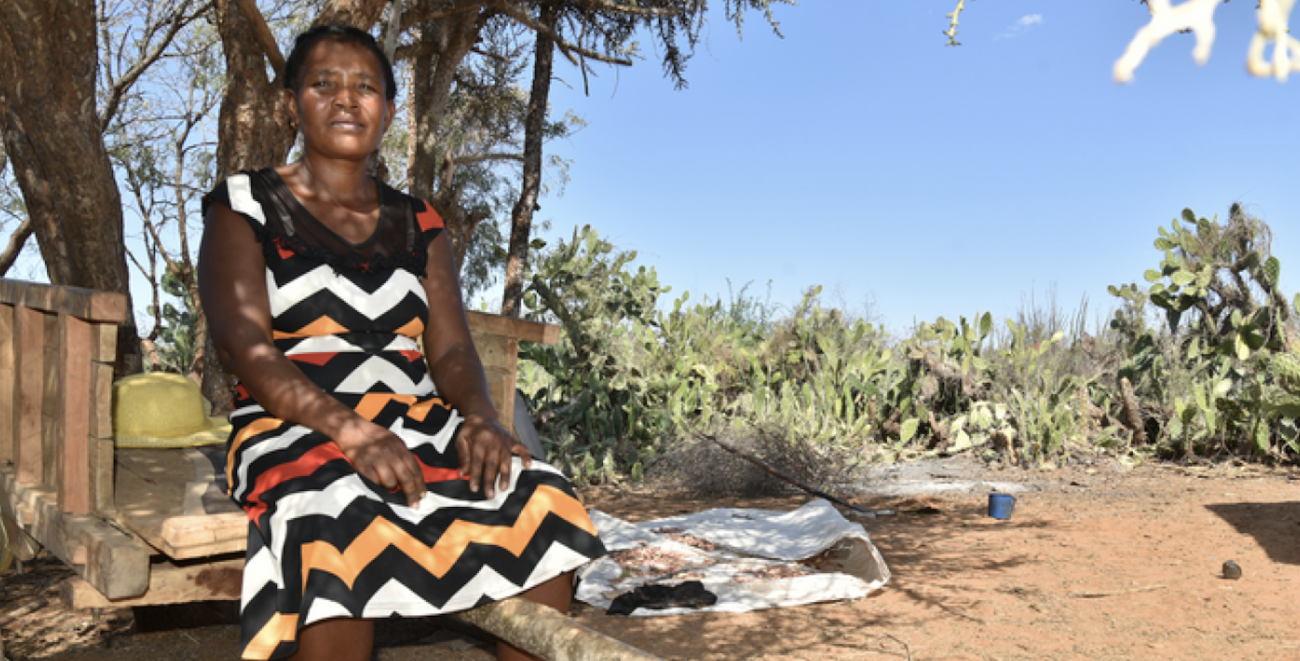
'Fagnavotse' is a Malagasy word for 'rescue'. It is also a programme that opened new perspectives for social protection in Madagascar. Beyond the positive impact it has had on the lives of some of those most left behind, including women and children in the South, the programme's comprehensive and integrated nature is a major innovation for social protection in the country.
The UN Joint Programme started in November 2020 with funding from the UN Joint Sustainable Development Goal (SDG) Fund and support from ILO, UNFPA, UNICEF and WFP. In alignment with the National Social Protection Strategy, its overall objective was to support the Government in strengthening its social protection system, which is characterized by significant pockets of exclusion.
At the programme's core was a package of complementary social protection interventions, including unconditional cash transfers and health insurance for formal and informal workers; services for preventing gender-based violence and care for survivors; agricultural insurance; and livelihood activities. The integrated package was offered to the most vulnerable populations in three communes of the Amboasary District in southern Madagascar – an area severely affected by extreme poverty and highly vulnerable to natural risks, including drought.
Denise, a farmer and single mother of two, lives in the village of Anjamahavelo.
"The drought has been going on for a few years now, and my field produces almost nothing. There are days when I could only offer my children one meal a day. Today, thanks to Fagnavotse, I have been able to open a small rice and bean business to provide for our needs and to build a new, slightly larger house," she says.
Fagnavotse reached more than 75,000 beneficiaries, with 60 per cent of them women and girls, over the two years of implementation – a period that coincided with the most severe crisis the South has experienced in the past four decades. Among other results include:
- Cash transfers reached some 9,000 households, including more than 24,000 children;
- 200 of the most vulnerable households were included in the non-contributory health protection scheme, with full coverage for medical expenses;
- The new Counselling and Legal Advice Centres served more than 1,600 survivors of gender-based violence and abuse while helping the community and families settle conflicts without resorting to gender-based and domestic violence; this offered greater stability to children;
- More than 5,000 smallholders, of whom 75 per cent were women, benefited from agricultural insurance;
- Beneficiary farmers also received training in good agricultural practices to cope with climate risks and were provided with agricultural inputs and small tools.
During my visit to project sites in May 2022, I also observed how the training on financial literacy increased the number of community-based savings schemes, most of which were women-led.
Among the children of households benefiting from the Fagnavotse programme, 80 per cent are in school, in a district where a WFP survey showed that 75 per cent of children dropped out of school to help their families forage for food, which demonstrates the virtuous circle created by the support provided to vulnerable households.
In the early stages of the project, it was challenging to establish synergies across all actions and interventions, particularly with the arrival of Covid-19 in 2020.
As a Resident Coordinator however, it was my role to ensure that from planning to implementation all these interventions were fully integrated with one another. In the face of implementation challenges, for example, in the case of integrating social protection systems in basic health centers, I encouraged agency heads to reflect on and pursue alternative approaches.
Similarly, during my first field visit to the project site with implementing agencies in mid-2021, I supported agencies who were experiencing setbacks accelerate their progress by leveraging the expertise of other partners, including WHO. The impact of this enhanced synergy was clear to see and was widely appreciated by Government and NGO partners when they visited the site with me later that year.
Thanks to these joint efforts and coordination, the Fagnavotse programme has laid the foundations for a social protection system that meets the needs of the most vulnerable in Madagascar. The programme achieved positive results by establishing a more comprehensive and integrated social protection system beyond cash transfers. I therefore urge that the programme continue and be scaled up at the regional or national level, especially in the South and Southeast regions of Madagascar that are particularly vulnerable to natural risks, mainly cyclones and droughts.
Lianarahe, a beneficiary in Anjamahavelo in southern Madagascar, also hopes that the Fagnavotse programme will continue because, for the first time in her life, this mother of seven – with all children in school now – is not in debt.
"Before, we always had difficulties facing daily life, and it was rare that we could afford to have lunch at mid-day. Today I managed to put money aside. I've never been able to save to this level before".
Fagnavotse has been supported by ILO, UNFPA, UNICEF and WFP, with funding from the Joint SDG Fund. Their donors include Denmark, the European Union, Germany, Ireland, the Republic of Korea, Luxembourg, the Netherlands, Norway, Portugal, Sweden, Spain, and Switzerland.
This blog was originally published by the Joint SDG Fund. It was adapted and edited by DCO.



